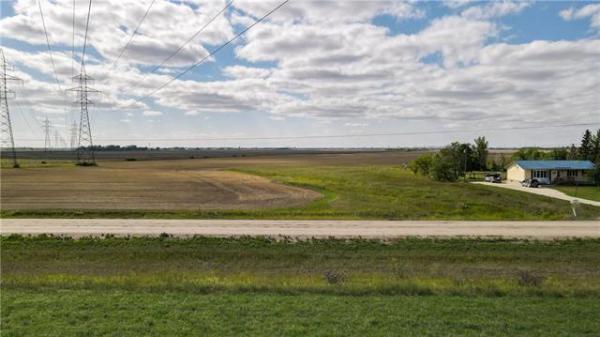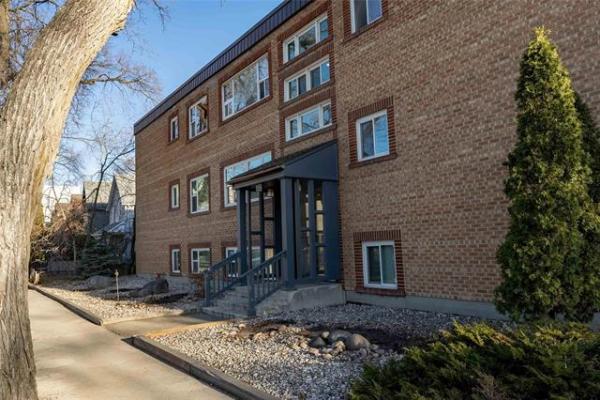Question: Our house was built in 1984 in Charleswood. The laundry room has what appears to be original sheet linoleum that is lifting, damaged, and just plain ugly. We’d like to remove it but are unsure if it contains asbestos, which we understand should not be disturbed. Do you know if flooring of this vintage contains asbestos and if so, how can we remove it safely?
Also, any suggestions about new floor covering for this area are welcome. We’ve considered painting the floor or installing large interlocking rubber tiles.
Thanks for any information you may provide, Janet.
Answer: Removing older sheet vinyl flooring does require some precautions, even if it does contain some asbestos, but should not be a major safety hazard. Proper isolation and cleaning of the affected area should contain any asbestos and prevent exposure to the other living space in your home.
Every year we are finding more older building materials that contain hazardous materials, especially asbestos. Some of these may be a moderate to major health hazard when disturbed, while others may be relatively benign. This will depend on the amount of asbestos fibres contained in the product, how they are encapsulated, and how easily they become friable and airborne when the building material is damaged. Perhaps the most concerning are drywall and drywall compounds, which are often scraped or sanded when upgrades are being done. Those actions can certainly release asbestos into the air, where it can be inhaled by unmasked homeowners and contractors. Many of the manufacturers stopped including asbestos in their products by the time your house was built, but others may have not.
Vinyl flooring may be one of the less concerning products, in general, when considering removal and replacement. Older vinyl asbestos tiles were almost solid vinyl in composition, so the asbestos fibres are well contained within the product, itself. If the tiles are not damaged by breaking, cracking, scraping or sanding, there is little chance of these becoming friable. When removing those, it is essential to minimize damage to the older tiles to prevent this from occurring. Care must be taken not to scrape the surface too hard, as that can have the same effect. The removed tiles should be sealed in plastic bags before removal from the building, and the area containing the vinyl floor isolated and properly cleaned.
Vinyl sheet flooring is constructed with two main components, the vinyl floor surface and the paper-like backing. I would suspect that the majority of any asbestos contained within this material is in the backing, but there could also be a component in the vinyl surface as well. The vinyl surface is quite durable, so any fibres embedded in that layer may be tough to liberate, similar to older vinyl tiles. Sometimes this top layer may be dislodged from the underlaying paper, but most times they are both removed together, or the bottom is partially attached to the surface when pulled up. That is the most critical stage of the removal procedure and lifting the flooring carefully, keeping both layers intact, may help prevent any asbestos release into the indoor environment. Since many types of this kind of flooring were completely glued down to the wooden-based subfloor, it may be difficult to completely remove all the layers without significant scraping with a sharp shovel or scraper. Because of this difficulty, respirators properly rated for asbestos should be worn at all times by anyone doing the removal.
Removal of all furniture and other items from the area where the flooring removal is being done is essential. This should be followed by isolating the area with plastic sheathing, to prevent the spread of any fibres released during the demolition. A commercial exhaust fan may also be employed, if desired, to provide a negative pressure to the work site and blow excess dust outside the home. Cutting the flooring into smaller sections will also allow for easier removal and aid in sealing it in plastic bags, before taking it from the work zone. Once the old material is all gone, cleaning the entire area with a HEPA filtered vacuum cleaner, several times, should prevent contamination of any other areas in the home. Newer vinyl plank flooring may be an excellent choice for replacement, as it should be asbestos-free, does not required adhesives, is easily transported, cut and installed, and is an extremely durable floor covering.
It is possible to remove a small sample of the flooring for analysis by a local laboratory, to determine if it has any asbestos content. This is a fairly low-cost procedure, but may not be a necessary expense. If you treat your flooring like it does contain this hazardous material, regardless, then there is no need for the lab testing. Also, there may be an added cost to dispose of this material at the local landfill, or a special area in the landfill where those products are required to be dumped. If the cost exceeds that for the lab test, it may be beneficial to test your flooring to possibly rule out asbestos content. Inquiring ahead with your local municipal office should yield those answers, before you decide on any testing procedures.
Preventing the spread of any friable asbestos fibres to the living space in your home should be the primary focus when removing and upgrading any type of older vinyl flooring. This may be possible to do yourself with moderate precautions, but hiring a costly, licensed remediation contractor is always an option, if you feel that is beyond your capabilities.
Ari Marantz is the owner of Trained Eye Home Inspection Ltd. and a Registered Home Inspector (RHI)(cahpi.ca). Questions can be emailed to the address below. Ari can be reached at 204-291-5358 or check out his website at trainedeye.ca.
trainedeye@iname.com



